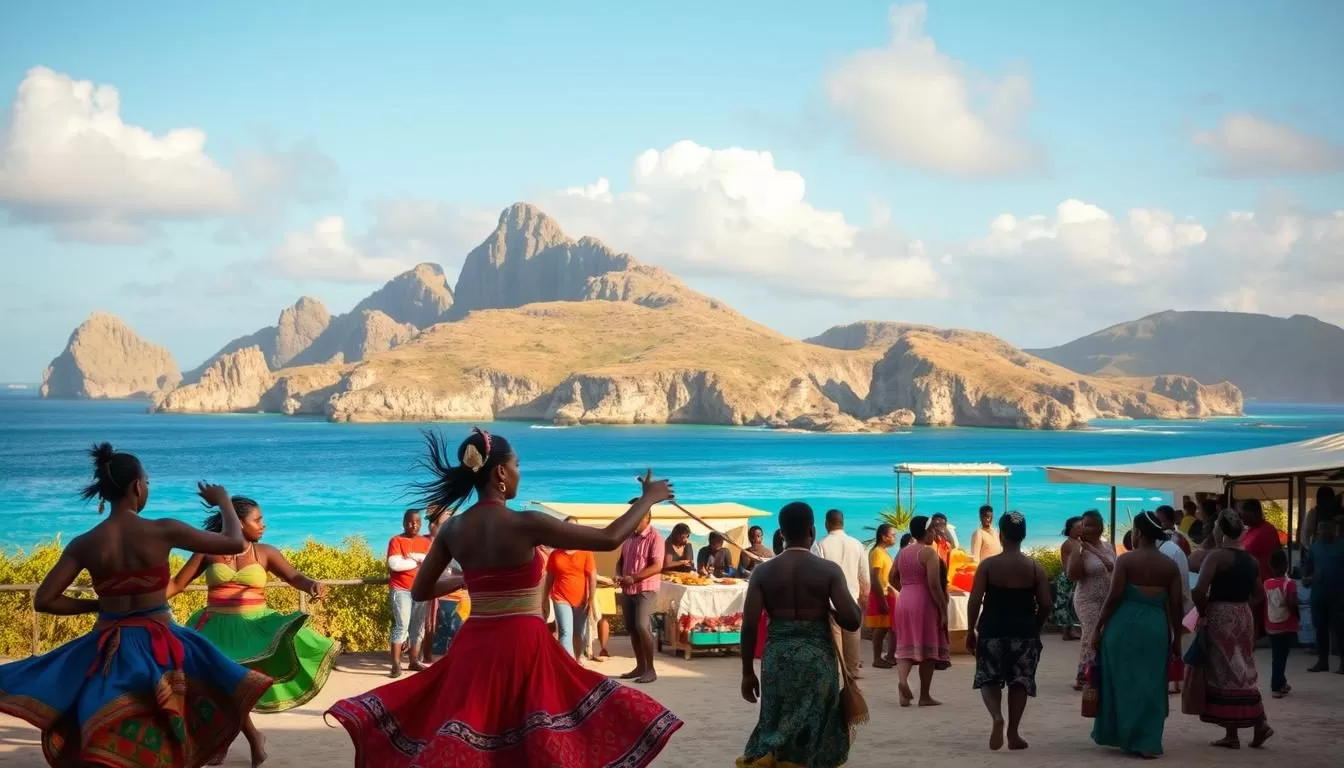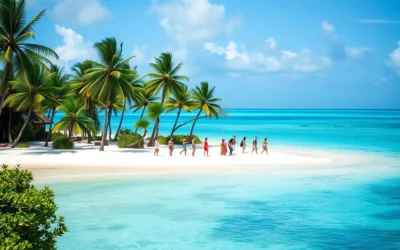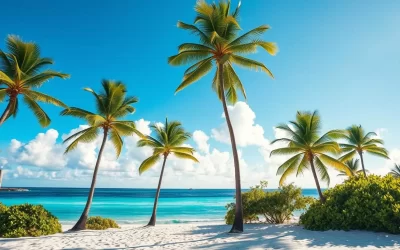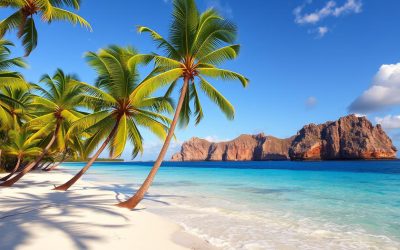✓ Accommodations✓ Flights✓ Rental Cars
Nestled in the South Pacific, this small island country boasts a rich linguistic heritage. With a population of around 10,000 people, it’s a place where culture and communication intertwine seamlessly.
Here, the Nauruan language is a cornerstone of daily life, spoken by 93% of the population. English also plays a vital role, especially in government and commerce. Together, these languages shape the island’s identity.
Beyond these, minority languages add to the diversity. This blend reflects the island’s history and its people’s resilience. Understanding this linguistic landscape offers a glimpse into the heart of this unique country.
Historical Evolution of Nauru’s Linguistic Heritage
The linguistic roots of this island trace back thousands of years, shaped by waves of migration and cultural exchange. Early settlers from Micronesia and Polynesia brought their dialects, laying the foundation for a rich oral tradition. These languages were passed down through generations, often within family and tribal structures.
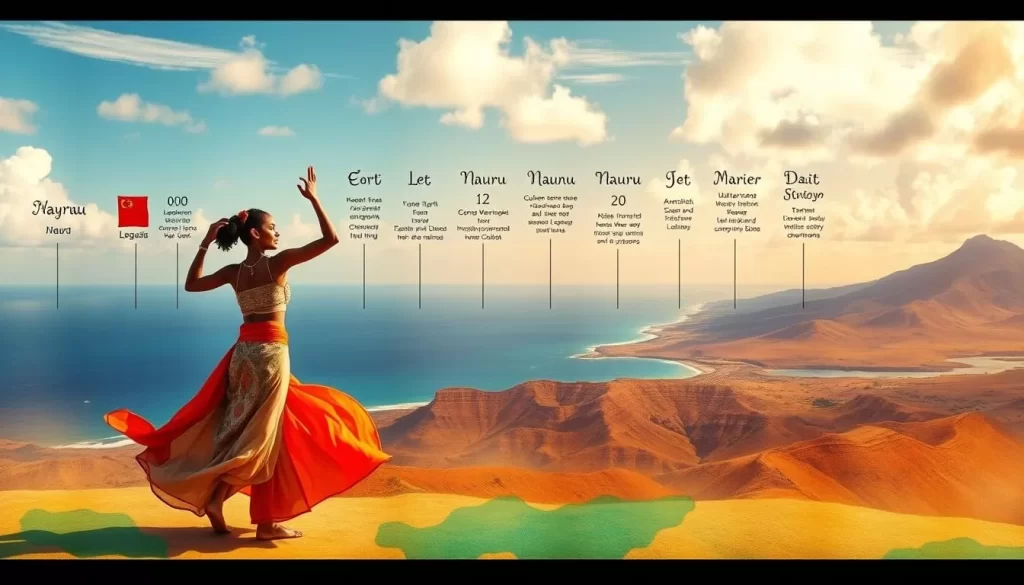
European contact began in 1798, when a British whaling ship arrived on the island. This marked the start of significant changes. Traders introduced new words, blending them with local dialects. By the 1830s, European influence grew, altering the linguistic landscape.
Indigenous Origins and Early Influences
The island’s early inhabitants relied on oral storytelling to preserve their history. Family and tribal ties played a key role in maintaining these traditions. For example, matrilineal kinship groups ensured that knowledge was shared across generations.
Local terms and phrases from this era still survive today. Words like Ewa (meaning land) and Anigobwi (referring to family) reflect this enduring legacy. These elements highlight the deep connection between language and culture.
Impact of Colonial Rule on Local Languages
German colonization in 1888 brought further changes. The colonizers introduced administrative terms and standardized certain dialects. This period also saw the first efforts to document the Nauruan language in writing.
Despite these shifts, the island’s people worked to preserve their linguistic heritage. Translations of religious texts and educational materials helped bridge old and new influences. This balance between tradition and adaptation remains a hallmark of the island’s identity.
| Period | Key Influences | Impact on Language |
|---|---|---|
| Pre-1798 | Micronesian and Polynesian settlers | Foundation of oral traditions |
| 1798-1888 | European traders and explorers | Introduction of new vocabulary |
| 1888-1968 | German and Australian colonial rule | Standardization and documentation |
Nauru: Official and widely spoken languages
The Nauruan language is a vital part of the island’s cultural fabric. Spoken by nearly 96% of the population, it serves as a bridge between tradition and modern life. This Oceanic language is not just a means of communication but a symbol of identity for the people of this Pacific island.

Understanding the Nauruan Language
Nauruan belongs to the Oceanic language family, known for its unique phonetic structure and limited dialectal variation. It is primarily spoken in homes, markets, and community gatherings, making it a working language for everyday interactions. Its simplicity and adaptability have helped it thrive in a globalized world.
Common phrases like Ekamowir omo (Good morning) and Ita (Thank you) reflect the warmth and hospitality of the island’s culture. These expressions are more than words; they are a way to connect with others and preserve heritage.
Everyday Use and National Identity
In daily life, the Nauruan language strengthens community bonds. It is used in storytelling, ceremonies, and even modern media. This ensures that younger generations stay connected to their roots while embracing new influences.
Despite its localized use, the language faces challenges in a global context. However, its resilience highlights the island’s commitment to preserving its unique identity. Understanding Nauruan offers a deeper appreciation of the island’s cultural legacy.
| Aspect | Details |
|---|---|
| Language Family | Oceanic |
| Speakers | 96% of the population |
| Common Phrases | Ekamowir omo (Good morning), Ita (Thank you) |
| Role | Cultural expression, national identity |
English: The International Language in Nauru
English plays a pivotal role in connecting this small island with the global community. It serves as a vital tool for communication, education, and governance. Nearly all language groups on the island use English, making it a unifying force.

In schools, English is taught extensively, ensuring that younger generations are prepared for opportunities beyond the island. It also supports educational initiatives, linking students to global resources and knowledge.
Role in Education, Government, and Media
English is the primary language in government and commercial sectors. Official documents, public announcements, and legal proceedings are often conducted in English. This ensures clarity and consistency in administration.
In media, English dominates news broadcasts, newspapers, and online platforms. Daily news and public events are communicated in English, keeping the population informed and connected to global trends.
“English is not just a language; it’s a bridge to the world for this island nation.”
While the native language remains central to cultural identity, English complements it by fostering regional and international ties. This dual-language approach strengthens the island’s position in the global community.
| Sector | Role of English |
|---|---|
| Education | Primary language for instruction and global connectivity |
| Government | Official language for documents and administration |
| Media | Dominant language for news and public communication |
Embracing Minority Languages on the Island
The island’s cultural richness is amplified by its diverse minority languages. These languages, spoken by Pacific Islanders and migrant communities, add depth to the island’s vibrant identity. Over 1,000 people speak languages from Kiribati, Tuvalu, Marshall Islands, and Chinese dialects. This linguistic diversity reflects the island’s multicultural heritage.
Languages of Pacific Islanders and Migrant Communities
Pacific Islander communities bring their unique dialects, such as Kiribati and Tuvaluan. These languages are more than just communication tools; they are cultural treasures. Migrant communities, including Chinese speakers, contribute to this linguistic mosaic. Together, they enrich the island’s daily life and traditions.
Multiethnic encounters have shaped the island’s cultural landscape. For example, festivals often feature songs and stories in minority languages. This blend of traditions fosters a sense of unity while celebrating diversity.
Cultural Diversity and Linguistic Influence
Minority languages play a key role in preserving cultural heritage. They are used in family gatherings, religious ceremonies, and community events. This ensures that younger generations stay connected to their roots.
Community efforts to maintain these languages are vital. Schools and cultural organizations often host events to celebrate linguistic diversity. These initiatives highlight the importance of preserving minority languages as part of the island’s identity.
“Language is the roadmap of a culture. It tells you where its people come from and where they are going.”
Understanding these languages offers a deeper appreciation of the island’s cultural legacy. They are not just words but a bridge to the past and a guide to the future.
Language Policy and Preservation Efforts in Nauru
Preserving linguistic heritage is a top priority for this island nation, with both government and community efforts playing a key role. The focus is on maintaining the native tongue while adapting to modern needs. This balance ensures cultural identity remains strong in a globalized world.
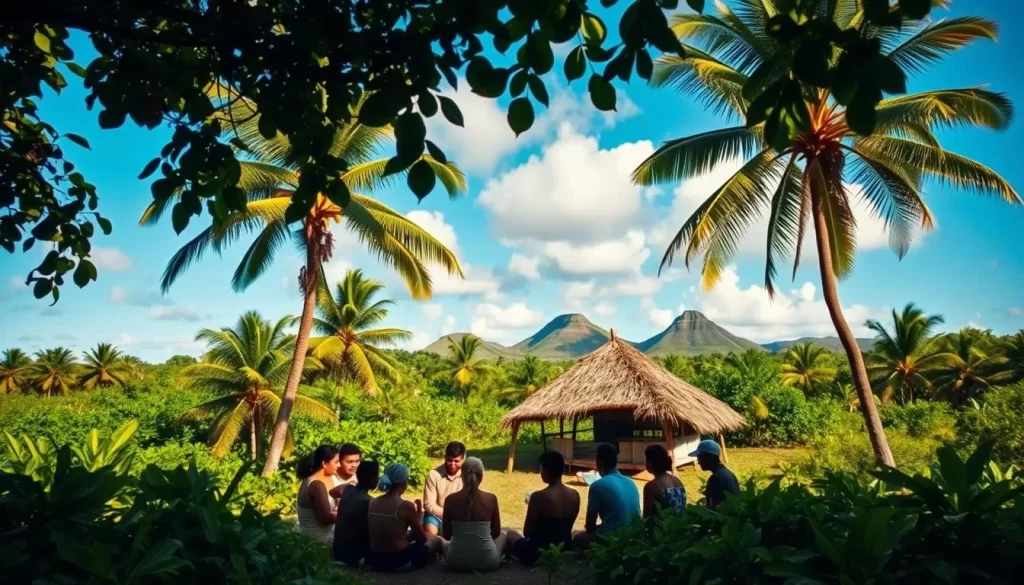
Government and Community Initiatives
The government has implemented policies to promote the native language in schools and media. For example, 60% of the educational curriculum is delivered in English, but efforts are underway to increase native language instruction. This aims to boost proficiency among students by 20% by 2025.
Community programs also play a vital role. Local organizations host events celebrating linguistic diversity, ensuring younger generations stay connected to their roots. These initiatives highlight the importance of preserving cultural heritage.
- Education: Schools integrate native language lessons, fostering bilingualism.
- Media: Local broadcasts and publications use the native tongue to reach wider audiences.
- Community Events: Festivals and workshops celebrate linguistic traditions.
Collaborations with international organizations further support these efforts. For instance, partnerships with regional groups help share resources and best practices. This ensures the island’s linguistic policies remain effective and sustainable.
“Language is the roadmap of a culture. It tells you where its people come from and where they are going.”
Despite challenges, these initiatives show promise. The small population of around 10,000 people makes community engagement crucial. Together, these efforts ensure the native language thrives alongside global influences.
To learn more about how language policies shape cultural landscapes, explore language policy in Asia and the.
The Cultural Impact of Language on Nauruan Society
Language is the heartbeat of this island, shaping its culture and uniting its people. It’s more than a tool for communication—it’s a reflection of identity and heritage. With a population of around 9,591, the island’s linguistic diversity plays a vital role in daily life.
Language as a Pillar of Community Identity
On this island, language strengthens bonds and preserves traditions. Over 96% of the population speaks the native tongue, making it a cornerstone of community identity. Families pass down stories, customs, and values through words, ensuring cultural continuity.
Festivals and communal events often highlight linguistic pride. Songs, dances, and speeches in the native language celebrate the island’s rich heritage. These gatherings foster a sense of belonging and unity among the population.
Integration of Traditional and Modern Influences
Modern influences have blended seamlessly with traditional practices. English, spoken by about 7,000 people as a second language, complements the native tongue in education and governance. This dual-language approach ensures the island remains connected to the global community.
Despite these changes, the island’s people have preserved their cultural roots. Family ties remain strong, with elders teaching younger generations the importance of their linguistic heritage. This balance between tradition and modernity is a testament to the island’s resilience.
“Language is the roadmap of a culture. It tells you where its people come from and where they are going.”
To learn more about the island’s unique cultural identity, explore Nauru’s cultural heritage.
Conclusion
The blend of languages on this island reflects its vibrant history and cultural resilience. From indigenous roots to modern usage, each language tells a story of tradition and adaptation. Nauruan, spoken by a significant portion of the population, remains a cornerstone of daily life, while English connects the country to the global community.
Minority languages add depth to the island’s cultural mosaic. Communities from the Pacific and beyond bring their dialects, enriching the region’s identity. These languages are preserved through family traditions and community events, ensuring their legacy endures.
Efforts to balance tradition with modernity are evident in government policies and local initiatives. Schools and media play a key role in promoting linguistic heritage, ensuring younger generations stay connected to their roots. To learn more about this unique linguistic landscape, explore the languages of Nauru.
Language is more than communication—it’s a reflection of identity. On this island, it shapes personal and community values, blending the past with the present. Appreciating this linguistic heritage offers a deeper understanding of the island’s rich cultural tapestry.
The above is subject to change.
Check back often to TRAVEL.COM for the latest travel tips and deals.
